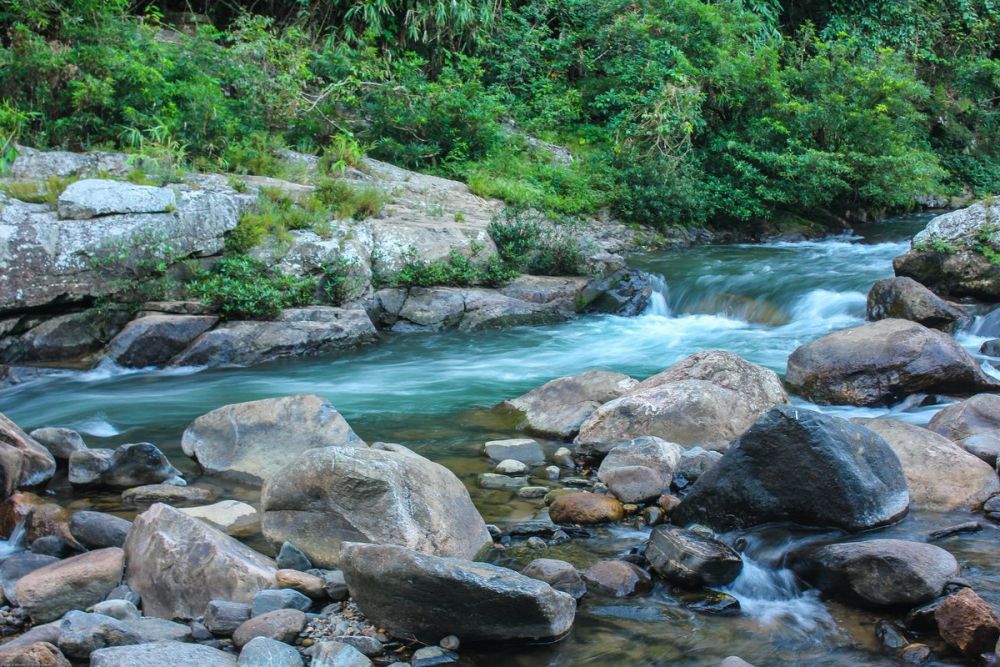

The state of Meghalaya, nestled in the northeastern part of India, is famed for its abundant natural beauty and rich cultural heritage. One of the less talked about, yet captivating, destinations in Meghalaya is Baghmara, which lies along the serene Simsang River. Baghmara is not just the administrative headquarters of the South Garo Hills district but also a blossoming spot for local tourism.
The tourism history of Simsang River and Baghmara is not as long as other popular destinations in Meghalaya; however, it has been a place of attraction for local tribes for centuries. The Garo tribes, indigenous to this area, have been celebrating the richness of the river and its surroundings long before it became a site for visitors from outside regions.
With the increasing interest in offbeat and eco-tourism, Baghmara and the Simsang River have come into the spotlight over the past few decades. Initially, the visitors were local tourists from within Meghalaya and neighboring states. Yet, over time, word of the breathtaking Simsang River and its surroundings has spread, attracting tourists from all over India and abroad.
One of the main attractions of the Simsang River is its pristine waters, home to a rich diversity of aquatic life. Along its banks, examples of rich biodiversity can be seen, which includes a variety of rare and endangered species.
Moreover, Baghmara Reserve Forest near the river is a nature lover's delight. This area provides opportunities for trekking, bird watching, and exploring rare flora and fauna. Furthermore, the river itself is ideal for fishing, making it popular among anglaries for 'Mahseer' fishing expeditions.
Another attraction of note is the Siju Caves, also known as the Bat Cave, which is one of the longest cave systems in the Indian subcontinent. These limestone caves near the Simsang River draw spelunkers and adventurists from various regions.
In recent years, the Meghalayan government has started focusing on promoting the unexplored parts of the state, including Baghmara and the Simsang River area. Various efforts have been put in place to develop infrastructures such as resorts, homestays, and better roads to make the region more accessible to tourists.
Eco-tourism has emerged as the latest trend here, with an emphasis on conservation and sustainability. Tourists are encouraged to engage with the local communities, learn about Garo traditions, and participate in community-led tourism initiatives.
Adventure tourism is also catching up with activities like river rafting, trekking, and caving being promoted. For cultural enthusiasts, visiting during local festivals like Wangala, the festival of a hundred drums, provides a deep insight into the rich legacy of the Garo people.
In conclusion, the Simsang River in Baghmara is steadily shaping up as a unique destination, offering a combination of natural wonder, adventure, and cultural experiences. As tourism continues to grow, with careful planning and sustainable practices, it has the potential to become one of the gems of Northeast Indian tourism.